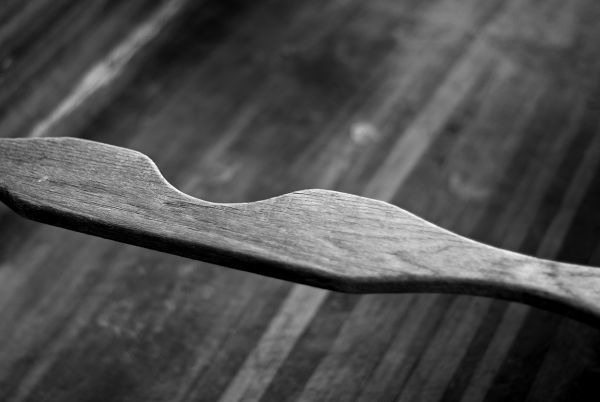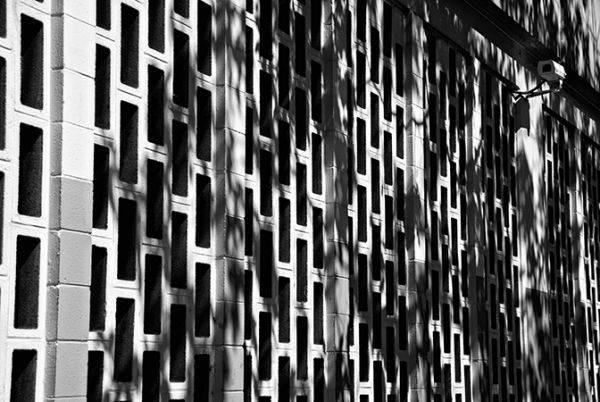A brand new DSLR camera comes out of the box with many functions and settings. While the default settings will let you take great photos, there are a few settings you can change or familiarize yourself with to help you get more use and functionality out of your camera.

Camera mode: Out of the box, your camera will either be set to P (Program) or Auto. While Auto may be a good general setting that will do its best to capture great images in every situation, it can fall short. I highly recommend using Program mode. It is very similar to Auto mode. However, you can still make changes to exposure, flash settings, and other functions that you can use to manipulate the outcome of your photo. Do not let that stop you from exploring all your camera’s modes. Camera manufacturers pack a lot in to the latest cameras and being familiar with more of the modes will help you in more shooting scenarios.
Exposure compensation: If you take a photo and notice it is too bright or dark, reshoot the image and look for the +/- button on your camera to add or subtract light. If your image is too dark, a + number will brighten the exposure while the – button will darken the exposure. This is a simple way to change your exposure without changing the shutter speed or ISO in your camera. Remember to change it back before you use your camera next.

Autofocus: DSLR cameras have a very good autofocus system in Auto mode. It will find a balance between moving and stationary objects, and anything else that may fall between. However, if you find your autofocus is missing the subject you are trying to focus on or it is taking too much of the background into consideration when focusing, set your camera to single point AF. This will allow only one point in the autofocus system to focus on the subject. This makes it easier to control the focus area.

White balance: Different sources of light will have different colour temperatures. For example, a tungsten light bulb is more yellow than a fluorescent light, and a cloudy day is bluer than a sunny day. You have the ability in your camera to compensate for different lighting conditions to ensure the colours in your photos look correct. The Auto White Balance mode built into your camera is accurate most times and changing for each condition can be a hassle. The White Balance is one of the settings that I would recommend leaving set to auto.
Strap: I am straying from settings on this one but it is an important part of your camera kit! Your camera comes with a basic strap, and there are many alternatives out there to suit your comfort and style. It is very important to use your strap for the security and safety of your camera in case of an unfortunate slip of the hand or similar accident.

This is simply the tip of the iceberg when it comes to your camera’s functionality. There are many ways to use your camera and get the most out of it. If you are new to using a DSLR camera, we offer a great Introduction to DSLR Photography class that will help explain the functions of your DSLR and how to use those functions to get the most from your camera. For more information visit education.bccamera.com
Leave a comment down below telling us your favourite tips and tricks.

